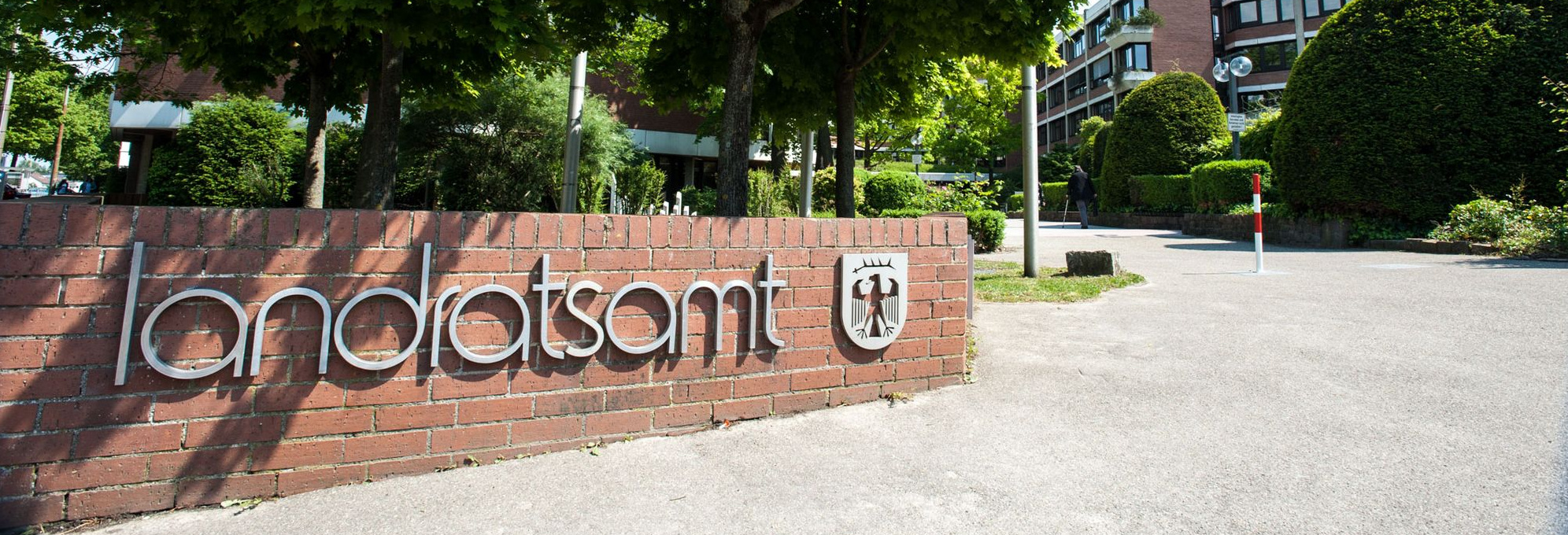The evaluation of citizens' questions shows that many issues revolve around the environment, noise, costs and the role of buses and cycling. With the fact check, the Zweckverband Stadtbahn Ludwigsburg explains how these points are being examined and taken into account. The aim is to put the discussion on a comprehensible basis and to provide transparent support for the planning process. The key topics and answers at a glance.
Bus and rail
Many citizens ask whether bus lines will be replaced by light rail. The fact is: LUCIE complements the existing public transport system. While buses remain flexible, light rail takes over the main load on busy routes.
LUCIE complements bicycle traffic
The question has often been asked whether a light rail system is necessary at all if the cycle path network is being expanded. The answer is: LUCIE is not a competitor, but a complement to cycling. After all, not everyone can or wants to use a bicycle regularly, for example for health reasons or in bad weather. The light rail offers a barrier-free, reliable and weather-independent alternative. The vehicles are also designed in such a way that bicycles, baby carriages, walking frames or e-scooters can be taken along without any problems.
Environment and nature
The impact on trees, landscape and biodiversity was repeatedly asked about. The following applies here: interventions cannot be completely avoided, but they are kept to a minimum and compensated for through targeted compensatory measures. These include replacement planting, renaturation or new biotopes. LUCIE also saves around 21 million car kilometers every year. This benefits both the climate and the quality of life.
Noise
Fears of new pollution are understandable. At the same time, experience from other cities shows that Modern light rail vehicles are quieter than buses or cars. Studies by the Federal Environment Agency show: At a speed of 62 km/h, the noise level is around 70 dB(A), comparable to a passing car. The difference is that a light rail system transports over 200 people at the same time, who are not traveling by
car during this time. Should the limit values nevertheless be exceeded, additional noise protection measures are planned.
Costs
Some citizens wanted to know how the project could be financed. The federal and state governments will cover the majority of the costs. This means that the contribution for the local authorities remains manageable.










